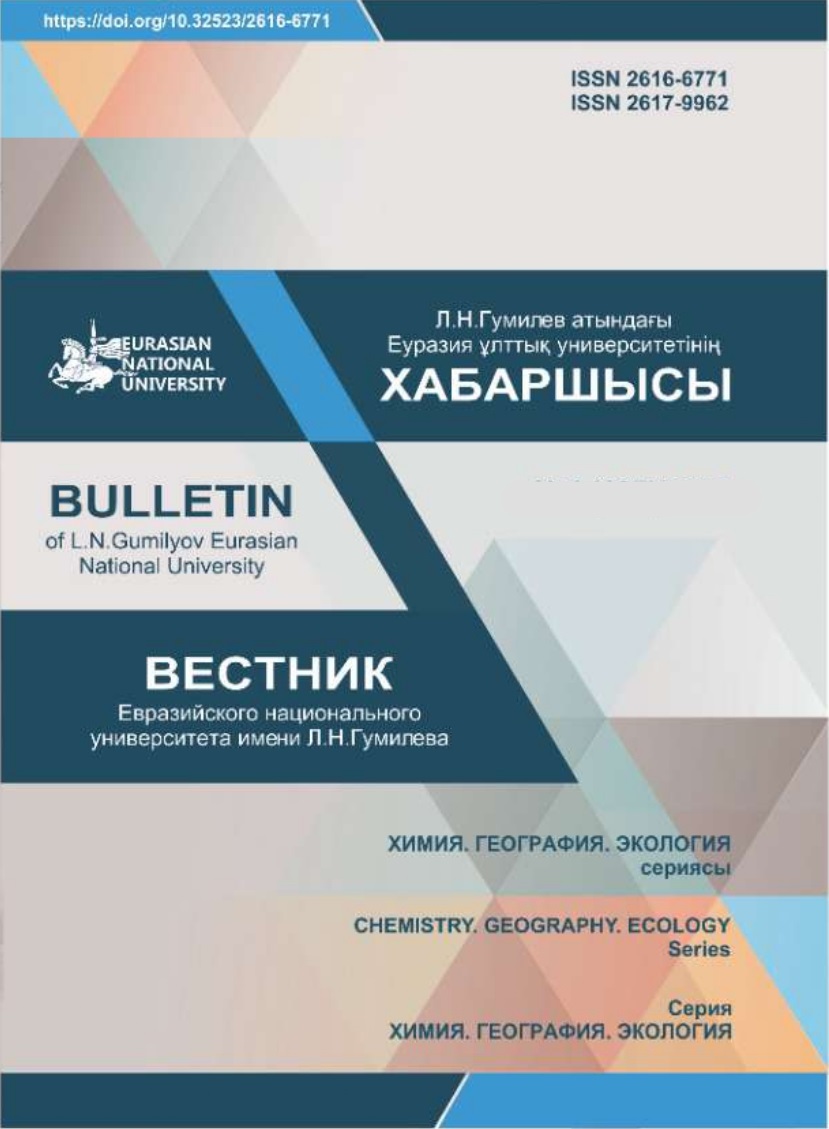Dissolution of waste of metal in titan-graphite system
Views: 224 / PDF downloads: 183
DOI:
https://doi.org/10.32523/2616-6771-2019-128-3-16-20Abstract
Refractory and poorly soluble metals, such as titanium, passively pass through anodic polarization, with an
increase in the anodic potential, the oxide shell increases, resulting in metal oxides in the form of ion-forming surfaces. This
property of metals depends on their electronic structure, the outer layer of atoms. In earlier studies, the dissolution of titanium
in a titanium-titanium system in acidic media was shown. As a result, the study presented new efficient methods for obtaining
titanium compounds from titanium wastes when polarized with unsteady current. Titanium compounds are widely used as a
coloring component, sorbent, catalyst, reducing agent in chemistry, ferrous and non ferrous metallurgy and light industries. The
electrochemical behavior of titanium in a titanium-graphite system during polarization by an alternating current of industrial
frequency in acidic solutions is studied. The results of the study of the effect of current density on a titanium and graphite
electrode, temperature, solution concentration on the current output of the dissolution of the molybdenum electrode in acidic
solutions are given.








